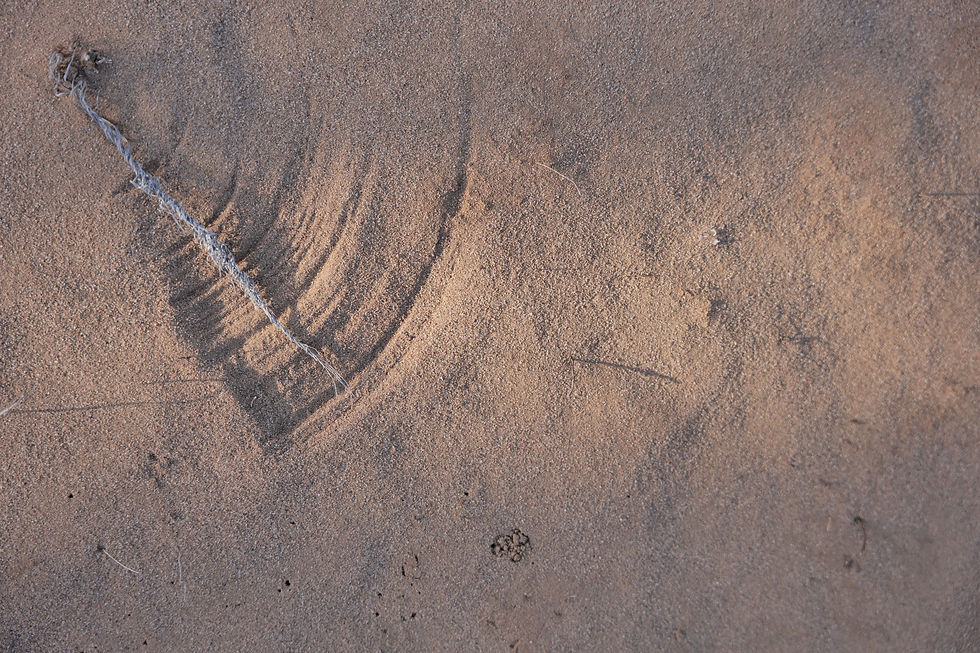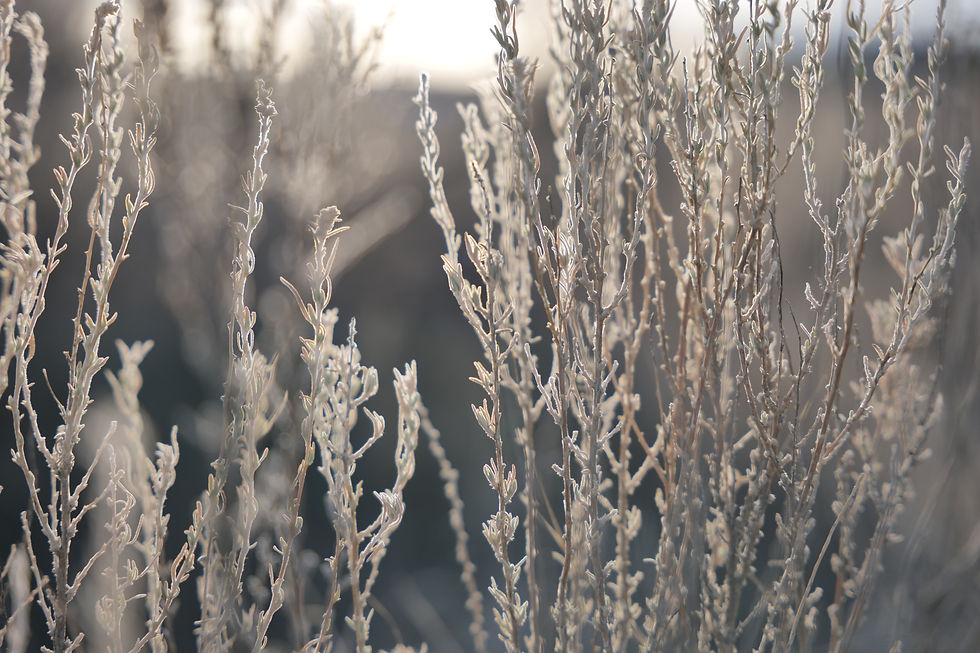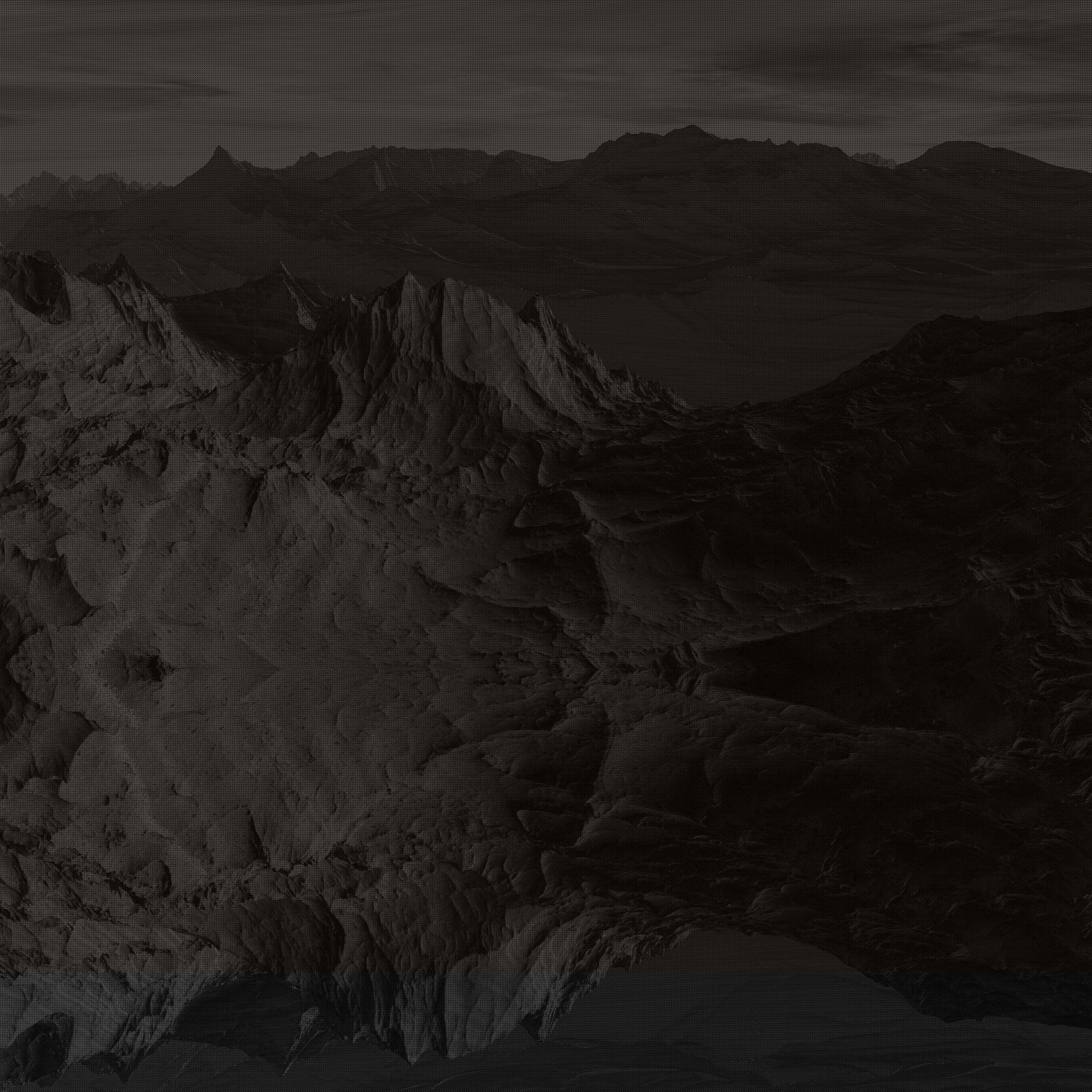Salad Days
- Tayo Basquiat
- Feb 28, 2024
- 5 min read
Let us speak of salad days (pun anyone?).
But first, the deep reading discussion group finished Emerson and is moving on to Walt Whitman’s Leaves of Grass. The invitation stands to join the journey: just send me an email and I’ll get you a breakdown of what we are reading and when and the Zoom link. Don’t feel like you need to commit to every session. Five lovely humans joined for the first discussion and six for the second.
In other doings, last Saturday was the first session of an eight-week photography class I’m taking through University of New Mexico Continuing Education. The class’s title is “Seeing with a New Eye.” For the last year I’ve been trying to teach myself the technical side of filmmaking and photography—reading the operation manuals and watching YouTube videos—and, wow, such slow going for my analog brain. What’s exciting about this class is both that it’s in-person and that the focus is on seeing (rather than how to work the damn camera). I wrote a short piece a few years ago titled “Look and See,” where I make a distinction between the two acts. Looking is somewhat undirected, a broad view, a first pass over something with the eyes. Seeing is more directed, pointed, intentional, focusing more narrowly so detail emerges, the hidden or camouflaged reveals itself, and meaning-making begins. Some people prefer to train their seeing to stop at the stage of heightened perception and not engage the next phase involving context, interpretation, association, meaning and myth, but I rather enjoy that piece. How could I not? That’s the creative act or response to seeing.
Anyway, after the first session, we were given the assignment to make photographs of whatever interested us—whatever caught our eye—in and around our respective yards. I don’t have a yard in the traditional sense, living as I do in the wilds between Rio Rancho and the Rio Puerco, but I took my camera on my attention walk and just limited that walk to the most immediate area proximate to the house. I found many small, beautiful things:



I’m in no way saying these are amazing photographs, but I did enjoy how the camera and assignment facilitated the movement from looking to seeing. In his essay “Nature” Emerson wrote,
“The difference between landscape and landscape is small, but there is great difference in the beholders. There is nothing so wonderful in any particular landscape as the necessity of being beautiful under which every landscape lies. Nature cannot be surprised in undress. Beauty breaks in everywhere.”
I would add that the person who misses out on beauty perhaps is merely looking rather than seeing. I remember the first time I heard someone say about North Dakota, “There’s nothing to see here.” Flat, boring, ugly. This had never occurred to me, but I admit I tried it on for a time in college, perhaps part of a necessary but misguided youthful rejection of where one comes from, but it didn’t stick. If you can’t see beauty in a field of ripened wheat shimmering in the morning sun, I fear for you, or hope the reason is due to actual, physical blindness.
So, I think I’ll enjoy the photography class, but there’s another piece worth mentioning in this new experience of walking with camera in hand and seeing through it, specifically how it changes and complexifies the act of attention in at least two troublesome ways. First, the experience, the attention practice, is mediated through this device. I am farther removed, an additional thing between me and what I’m attending. This “thing”—the camera—directs my attention not only to the object but to light, composition, focus, motion, the fleck of dust on the lens, how this object might look better if only I owned a neutral density filter or had timed my walk with the golden hour, and on and on. This all is potentially very distracting, pulling me farther from the purpose of attention. At the same time, inarguably, I’m seeing more than I would have otherwise, thanks to the camera.
Second, in directing my seeing toward the making of photographs, I attempt to capture something, to possess or grasp it, and the result is a reduction. The photograph pales compared to the real thing. Who would prefer the photo to being with the friend? Who hasn’t had the little experience of hell when time with a person turns into a tour of their photo library? But it’s more than this dim relation between the image and reality. The photograph creates an abstraction, a representation. Emerson writes in “Experience,” that “[p]eople forget that it is the eye which makes the horizon, and the rounding mind’s eye which makes this or that man a type or representative of humanity, with the name of hero or saint.” Emerson has a specific context he’s addressing, but I find it applicable to my instance as well. Attention is closer to the effort of purely perceiving than it is to what happens once “seeing” begins. Perception is difficult to maintain as a state (I don’t think I’ve ever done it): language and thought start pulling us from perception almost immediately, and we start making meaning or judgments about what we are seeing. And again, I love that part of all this, but there’s a danger, too. Experiences, people, events et al are not the same as the art created about them. The best art evokes multiple interpretations and feelings and possible meanings, helps us see something we might have missed, delights and disturbs and inspires, but the people, experiences, events, objects, etc., are always more than the art. I guess what I’m realizing in all this is perhaps super elementary: I didn’t capture these plants in the photos above, the plants are utterly other than the photographs I made of them. They are not the same things at all, and to believe them to be is not only a mistake but a violence, reducing someone or something to less than it is or making it into what we’d have it be rather than its irreducible otherness and dynamism.
I’ll end with one last thought: I’m enjoying “salad days.” I first heard this reference in an Instagram post by Tony Krupicka—I came for his ultrarunning but have stayed for his thoughts on life, nature, philosophy, literature, etc. I like his mind. In the post, he is writing about running: “But these are the salad days. The future is not guaranteed. Runs like this are the point. Pushing hard just because it’s fun and feels good and the legs want to go.” I had to look up “salad days” and learned it refers to “the peak or heyday of something,” apparently coined by William Shakespeare in his tragedy Antony and Cleopatra, and is a visual image connected to the color of lettuce leaves—briefly green and fleeting, browning and withering. Best to enjoy lettuce when fresh and green, no? In the way social media works, I wasn’t that surprised to see someone else use “salad days” in a YouTube video, but I was very surprised to see Emerson wrote, “a man’s life is but seventy salads long, grow they swift or grow they slow.” That my readings would coalesce around “salad days” gestures to what I’m feeling overall about my life these days: the attention practice, the deep reading, the making of art, conversations, so much of each day seems to be enriching the soil of my mind and senses and yielding some pretty delicious salad days.






Comments